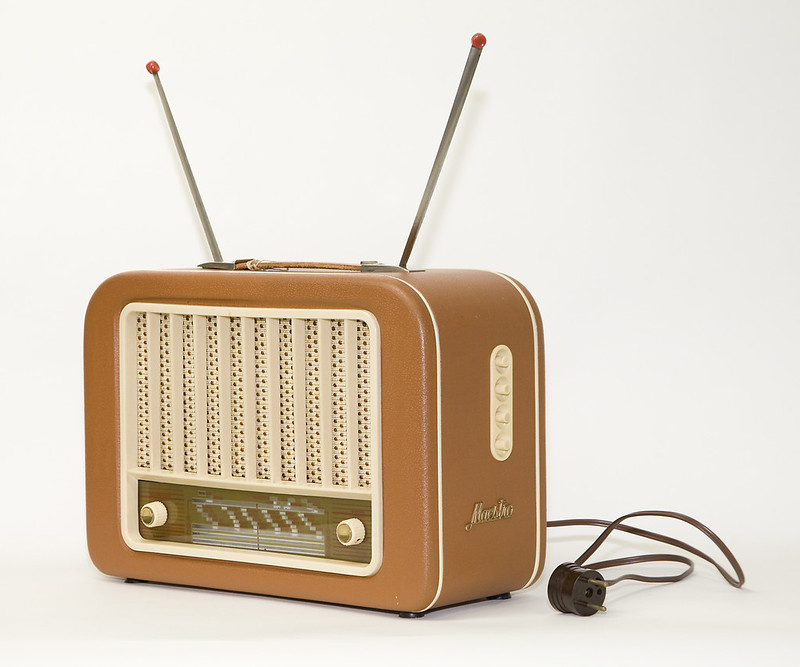Today in 1971, the magazine Record World published an article about a new type of radio format that was supposed to be very chill: this was the precursor of Easy Listening.
This was the idea of San Diego-based producer Ed Peters.
As the article wrote, he proposed a radio format that was “based totally on the feminine psyche.”
Peters even called it “Music Only For A Woman.”
This was low-key music; it wasn’t sonic wallpaper like Muzak, but it was still super mellow.
And it wasn’t lounge music like some of the sounds of the 1960s; you wouldn’t dance to it after a round of cocktails, because it wasn’t really for dancing.
It wasn’t even necessarily music women were seeking; Peters was designing a format that represented what people then would have considered feminine qualities.
There was atmosphere and melody, not a lot of backbeat or big booming choruses.
The “Music Only For A Woman” format ran for 18 hours a day, in three hour segments with names like “Precious Moments,” “Alone by the Sea,” “Soft Whispers” and “Silent Stars.”
In between lush, soothing, gently emotional songs, Peters had a poet read some of his works.
This program stream didn’t take off, but the idea of a radio format that took the rocking out of rock music while keeping the sunny melodies… that most definitely did.
Easy listening was a fixture of radio stations for decades; it’s endured for so long that there are throwback bands today who pay tribute to the genre with a few modern touches.
As for its intended purpose, yes, many of the people who listened to the format were and are women, but they’re not the only ones.
It’s like one researcher told JSTOR about the format: people sometimes gender certain kinds of music, but music itself doesn’t have a gender.
This Saturday in New York City, it’s Pigeon Fest.
The city is marking National Pigeon Appreciation Day, and its new 17 foot tall pigeon statue, with a whole day of activities: carnival games, art projects, music, science talks and a “Pigeon Impersonation Pageant.”
And then maybe they let the pigeon drive the bus?
Music Only for a Woman: The Birth of Easy Listening (JSTOR)

